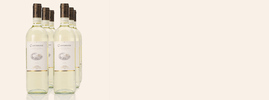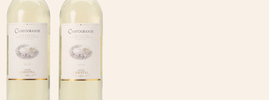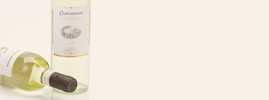
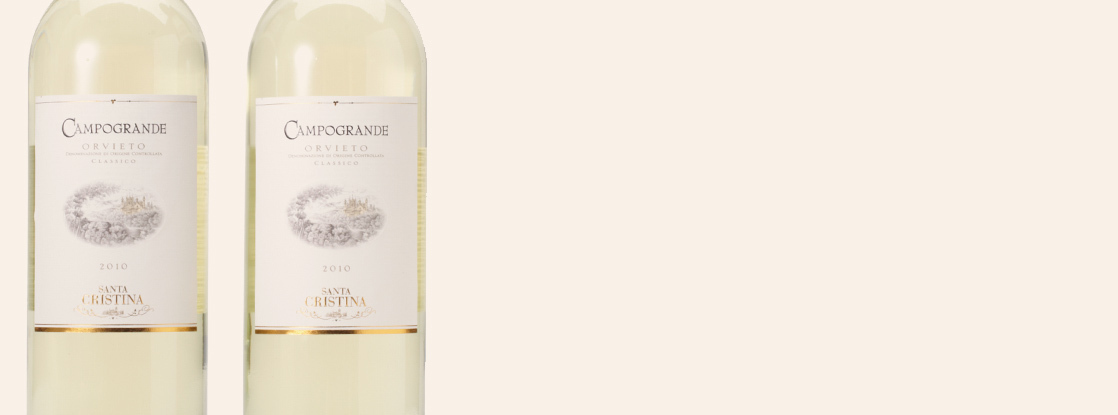
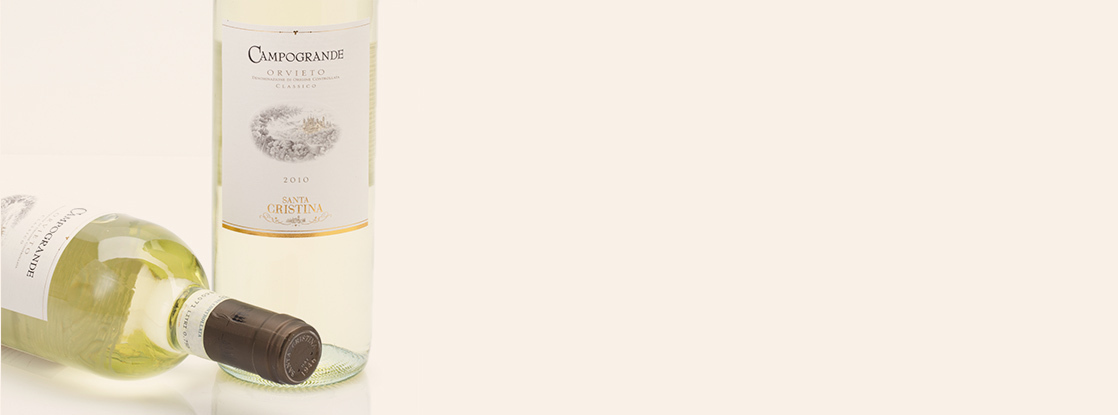
2010 Campogrande
White • Umbria • Orvieto Classico DOC • Italy • 40% procanico, 40% grechetto, 15% verdello, 5% drupeggio + malvasia
This wine might become available again in limited quantities. Do you want to be informed when?
2010 Campogrande, Umbria, Italy, Orvieto Classico DOC
Antinori has produced an Orvieto since 1922 and an Orvieto Classico since 1932. With the 1988 vintage, this wine was given the name 'Campogrande'.
For over 600 years, the Antinori family can count on a wine tradition. It all started when Giovanni di Piero Antinori joined in 1385 the « Arte Fiorentina dei Vinattieri ». Since 26 generations, the Antinori family style runs the company and innovated where the others had not dared, with the leitmotif unprecedented respect for tradition and terroir.
The denomination DOC Orvieto was recognized in 1971 and in the last 40 years has grown extraordinarily both quantitatively and qualitatively. Today Orvieto is one of the most well-known Italian white wines in the world and by itself represents three quarters of the production of wines which are DOC from Umbria.
Produced with grapes from the Orvieto DOC Classico area. On harvesting, the grapes were destemmed and after a soft pressing, the must was immediately cooled down to 10°C in order to enduce its natural decantation. The juice was then racked and introduced into temperature controlled stainless steel tanks where alcoholic fermentation took place at a temperature which was not allowed to exceed 18°C. The wine was then transferred and stored for a short period in stainless steel tanks at a temperature of 10°C (in order to preserve the wine's youthful characteristics), then filtered and bottled.

